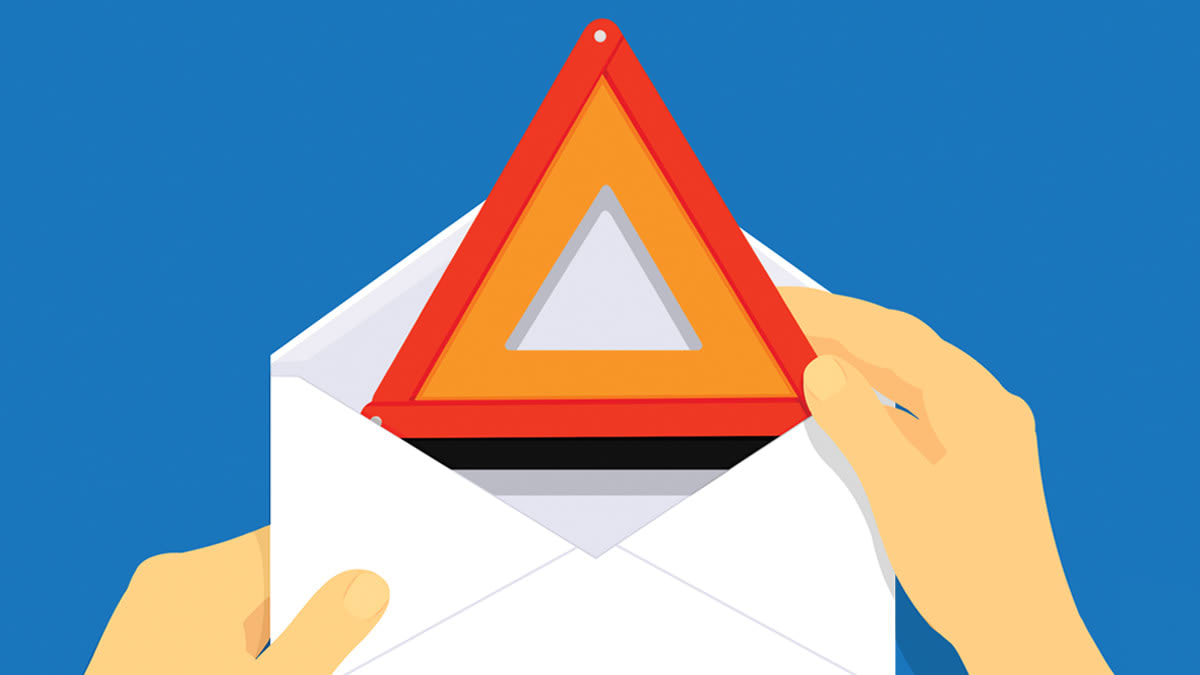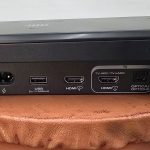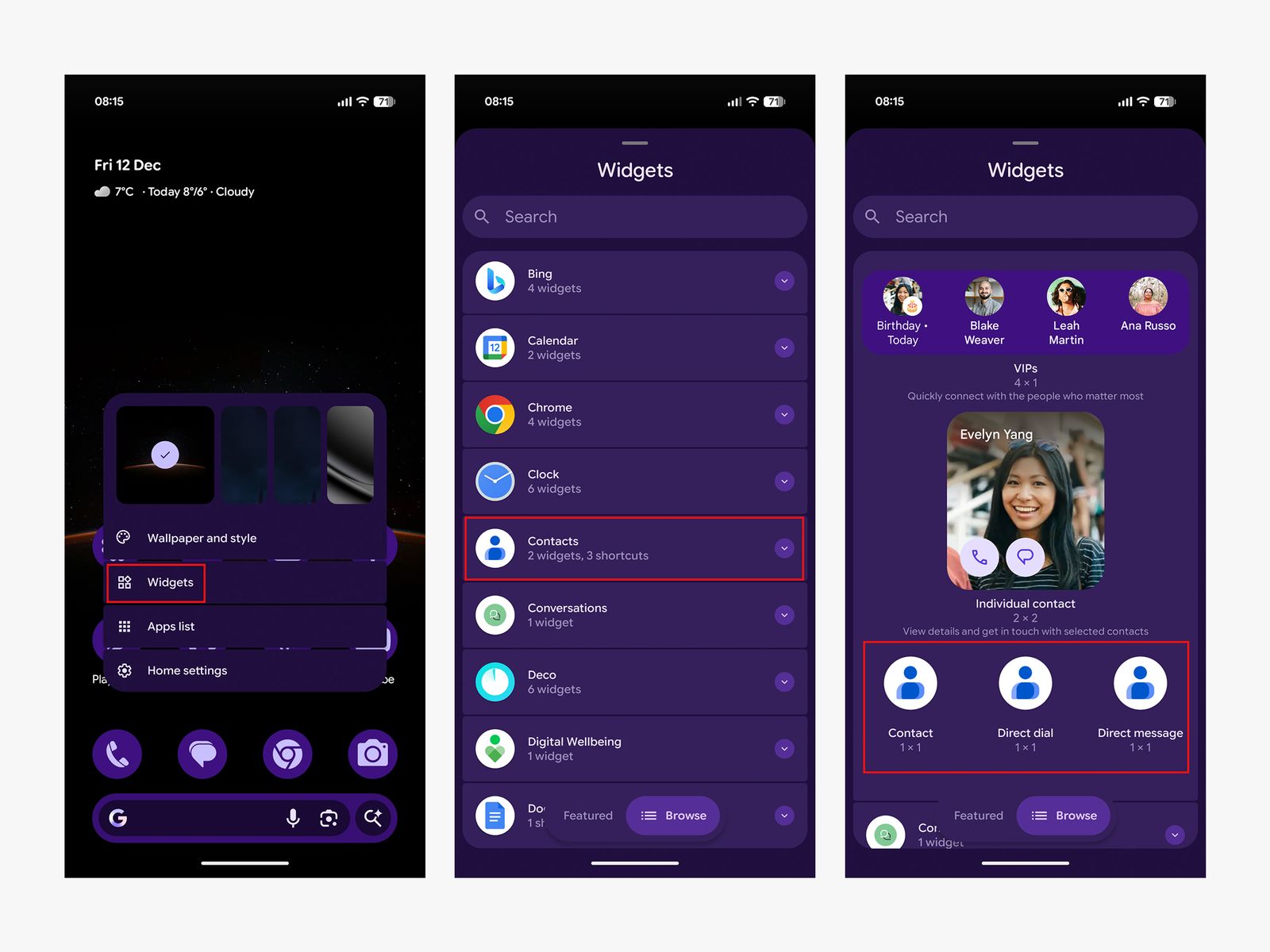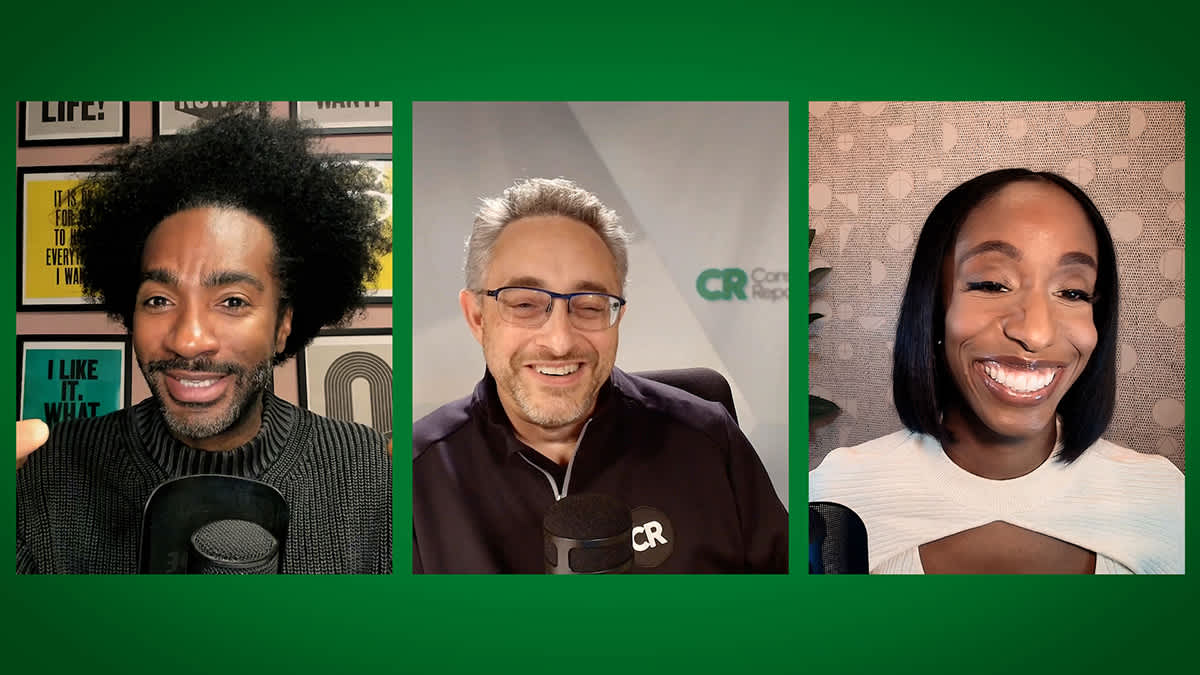
Today, owners can sometimes fix a recall themselves through an over-the-air software update. Automakers including Ford, GM, Mercedes-Benz, and Tesla have previously used over-the-air updates to address product recalls. The process is just like updating a phone or computer.
If a physical repair is needed, it can take weeks after an initial recall announcement for dealerships to be informed and equipped to make repairs. Once they’re ready, however, most recall repairs are quick. But other recalls are more involved.
Sometimes automakers initiate a recall before a fix has been developed, as is the case with a recent Nissan Frontier recall. If that happens, owners will get two notices—one when the recall is announced and one when a fix is available. At other times, dealers don’t have access to enough replacement parts to fix all the cars that need a repair, which happened during the early days of the Takata airbag recall.
Occasionally, a recall repair doesn’t do the trick, and a car needs to be brought back in to be fixed. In the case of some Nissan Altimas, the vehicles had to be brought in for repairs a total of four times! And in a few cases, repairs are so involved that a dealer might need to send a car back to the factory, which could take several weeks.
When you schedule a recall repair, ask your dealer how long you should expect it to take.
In some extremely rare cases, an automaker may buy back or replace your entire vehicle. This usually happens only if there’s a defect that can’t be repaired, like what happened after Subaru uncovered faulty welds in a handful of new Legacy sedans and Ascent and Outback SUVs in 2018. A welding robot at the factory had been programmed improperly, and because the faulty welds compromised the vehicles’ structural integrity, they had to be scrapped.









